The development of offshore wind has been a massive economic opportunity for the UK in the past quarter of a century.
Unfortunately, it has been pretty much a missed chance so far, with the majority of wind farm contracts in our waters going to firms in other parts of the world.
The domestic supply chain lost out when it came to the construction of fixed offshore wind farms.
And there are now fears this could happen again when it comes to the latest development in the sector – floating wind farms.
The clock is ticking and we must act now to invest in the underwater supply chain capability before this window of opportunity slams shut.”
Neil Gordon, chief executive, Global Underwater Hub
An underwater industry leader has called for a joined-up supply chain strategy – or risk the UK losing out on billions of pounds of work and hundreds of thousands of jobs.
Scotland has been described as a world leader in floating wind test and demonstration.
The world’s first floating wind farm, the 30 megawatt (MW) Hywind Scotland pilot scheme off Peterhead, has been in operation since 2017 – demonstrating the feasibility of floating projects that could be 10 times larger.
Future commercial-scale projects, like those in the ScotWind leasing round, are expected to place Scotland at the forefront of this global technology.
But it is not all plain sailing.
Crown Estate Scotland (CES) says developments in Scottish waters are likely to have higher construction and operational costs than the rest of the UK.
Challenging sea conditions, higher grid costs and the use of floating structures add to the overall outlay.
Despite this, scarcely a week seems to go by without significant news about floating wind.
CES recently announced the results of the world’s first leasing round designed to allow offshore wind energy to directly supply oil and gas platforms.
Thirteen projects, from businesses including BP, Harbour Energy and TotalEnergies, were successful with bids for Intog (Innovation and Targeted Oil and Gas) leasing.
The aim of the round was to attract investment in innovative floating wind projects in Scottish waters, as well as help decarbonise North Sea operations.
We've announced the results of the world-leading INTOG offshore wind leasing round. 13 projects which will attract innovation investment & help reduce North Sea emissions have been offered agreements for seabed #INTOG #NetZero #offshorewind
Read more ➡️ https://t.co/sz8DIYF9BT pic.twitter.com/oL6j7ffshF— Crown Estate Scot (@CrownEstateScot) March 24, 2023
Developers applied for seabed rights for offshore wind projects that will either reduce emissions from the North Sea oil and gas sector – by supplying renewable electricity directly to oil and gas infrastructure (Tog) – or consist of small-scale innovative projects (In).
The proposed projects are for up to 500MW of capacity for In schemes and up to five gigawatts (GW) for Tog.
The type of innovations targeted include developing the supply chain and novel approaches to commercial methods, as well as expansion of the offshore wind industry into new markets and cost-reduction opportunities.
Intog signals the start of a huge opportunity for the UK to set the technical and operational benchmark in the race to deploy floating offshore wind at scale and at pace.”
According to Neil Gordon, chief executive of the Global Underwater Hub, the body which champions the UK’s underwater sectors,Britain stands on the threshold of becoming the epicentre for floating wind globally.
But he warned: “The clock is ticking and we must act now to invest in the underwater supply chain capability before this window of opportunity slams shut.”
Mr Gordon hailed Intog as the start of an industrial revolution.
Strategically significant
He added: “ScotWind may have grabbed more headlines back in 2022 and is strategically more significant.
“But Intog signals the start of a huge opportunity for the UK to set the technical and operational benchmark in the race to deploy floating offshore wind at scale and at pace.
“It’s crucial the UK and Scottish governments fully understand how to support the industrial investment required to ensure the UK supply chain meets the ambition and pledges made by the successful bidders in ScotWind and Intog.
“Without a joined-up supply chain strategy that will enable the necessary investment in the UK, other countries who are already investing in their supply chains will steal a march on us – at the cost of billions of pounds and hundreds of thousands of jobs to the UK.
“This is not an empty threat. While we may be a global leader in installed capacity for fixed offshore wind, the potential for the domestic supply chain from this opportunity didn’t materialise.
“Instead, major components were imported for installation in UK waters because the supply chain in the UK was either under-invested or unprepared and, therefore, unable to compete with overseas suppliers.”
Mr Gordon continued: “With the Intog process designed for project delivery by the mid 2020s, these projects will act as a ramp-up platform for ScotWind projects.
“They present many more near-term opportunities and that must, surely, focus minds on adequately preparing the supply chain.”
There are 20 ScotWind projects totalling 27.6GW, with 14 floating rather than having fixed turbines.
Substantial investment
CES says there will be an average of £1.4 billion investment per project in Scotland, and they are expected to be built from the late 2020s onwards.
But industry watchers say there are still hurdles to be jumped for floating wind to become cost-effective.
One said: “Until those challenges are overcome and costs and risks fall, developers will find it difficult to make final investment decisions on large-scale floating projects. That is why most commentators see global floating wind pipeline as a post-2030 opportunity.”
In defence of oil and gas
David Whitehouse, chief executive of trade body Offshore Energies UK, said that by the mid-2030s oil and gas will still provide half our energy needs.
He added: “Supplying as much of this demand as possible from domestic production will help to control import emissions, while protecting the critical skills and jobs needed for the energy transition.
“It’s essential, therefore, the oil and gas we use during that time is produced as sustainably as possible, and electrification will be one of many solutions needed to make that happen.”
Mr Whitehouse continued: “Projects selected in the Intog announcement will play a big part in the transformation of the North Sea – providing low-carbon electricity to power oil and gas installations and helping decarbonise the sector.
“This is a particularly significant milestone as it will not only help the sector achieve the emissions-reduction goals set out in the North Sea Transition Deal, but also kick-start the floating wind market at scale – positioning the UK as a centre for excellence in low-carbon solutions.”
The 13 successful projects – five for the In programme and eight for TOG – have been offered exclusivity deals.
Once the sectoral marine plan has been finalised and option agreements signed, around £262 million in applicant fees will be secured. And, once projects are operating, further revenues will follow.
All net revenues from CES go to the Scottish Government for public spending.
‘Greenwashing’ claims
Climate campaigners have branded Intog as “greenwashing” – where an organisation exaggerates its environmental credentials.
They claim replacing diesel power on an oil or gas platform with wind power is only a distraction from the “real issue”.
Friends of the Earth Scotland oil and gas campaigner Freya Aitchison said: “The irony should not be lost on anyone that as the fossil fuel industry thinks about attaching wind turbines to oil platforms, they are also pushing to drill every last drop of oil and gas.
“Cutting emissions from producing oil and gas is a drop in the ocean, compared to the pollution from actually burning the final oil and gas produced.”
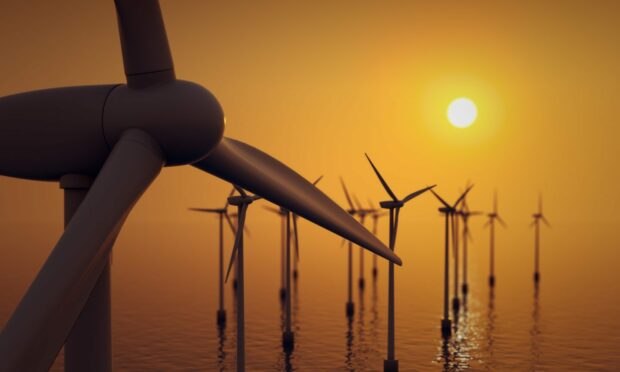

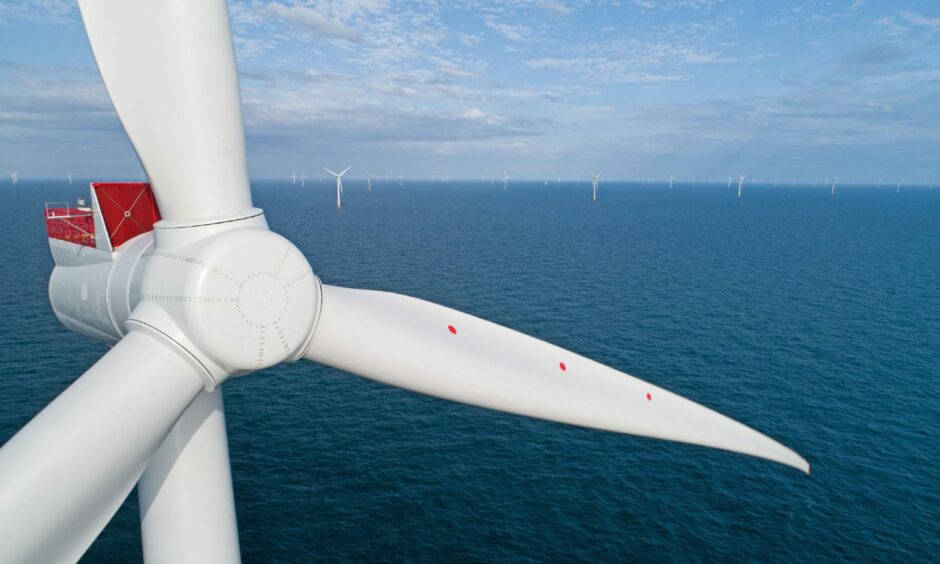

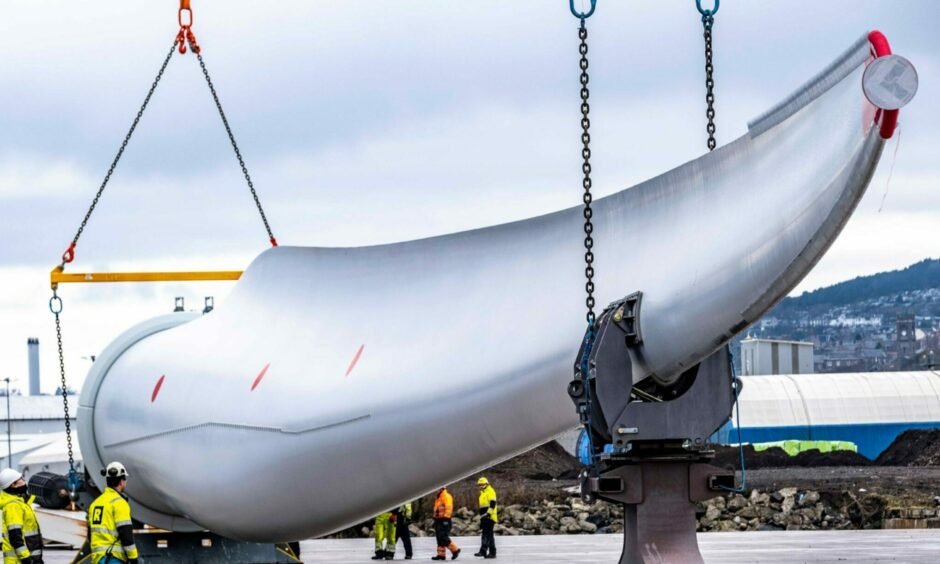
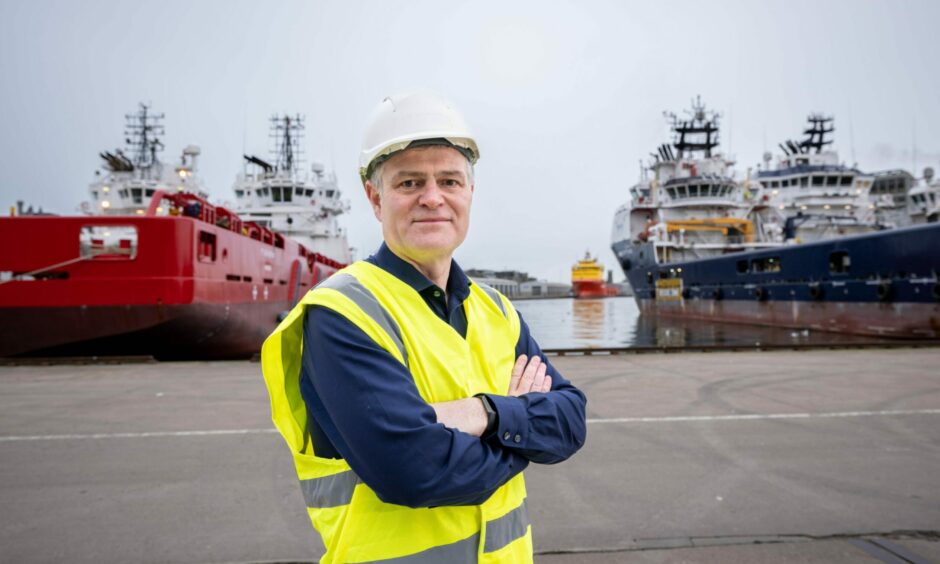

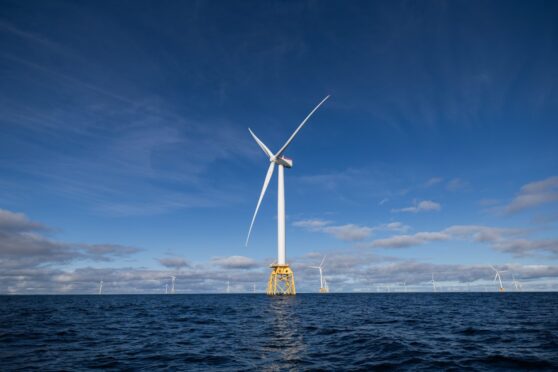

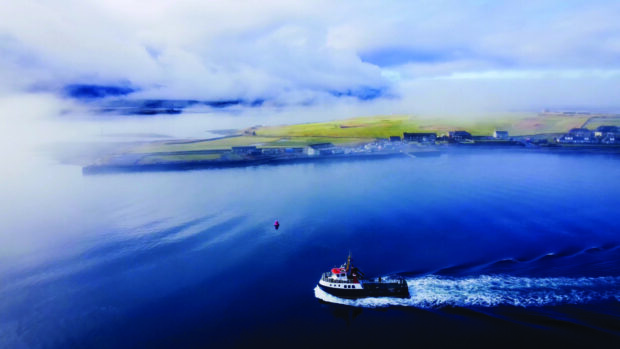


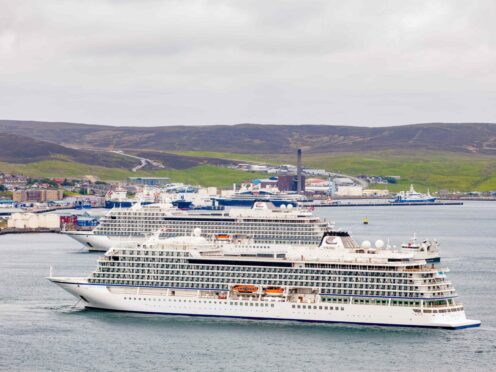
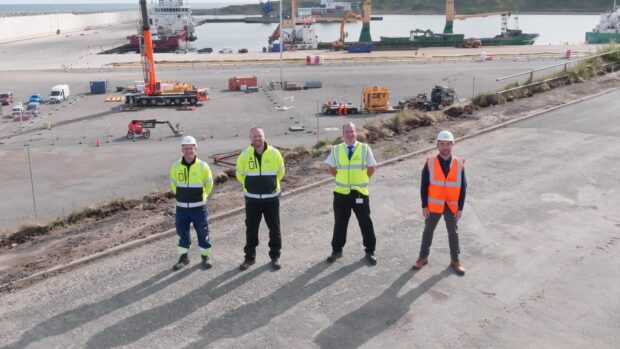
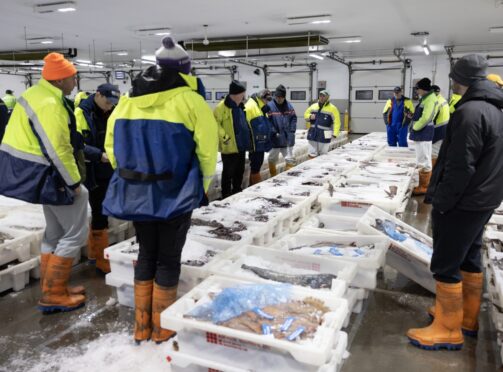
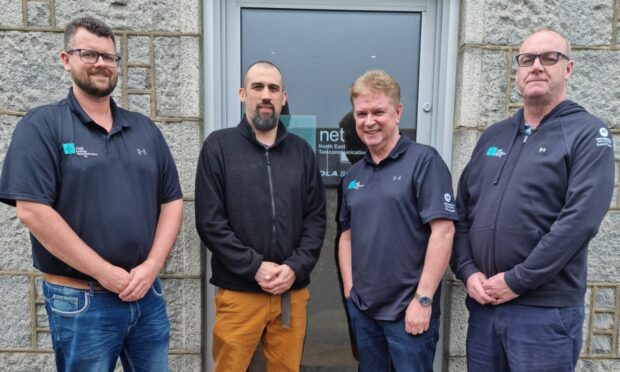
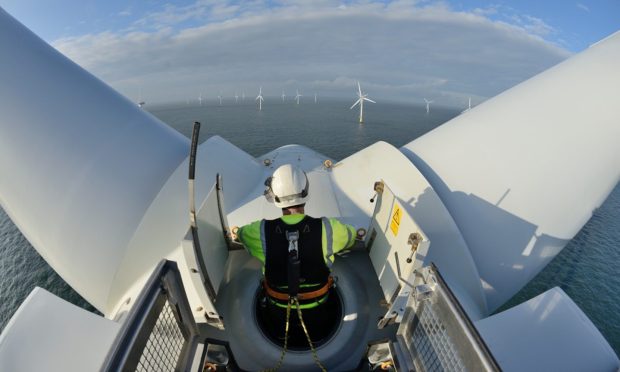
Conversation